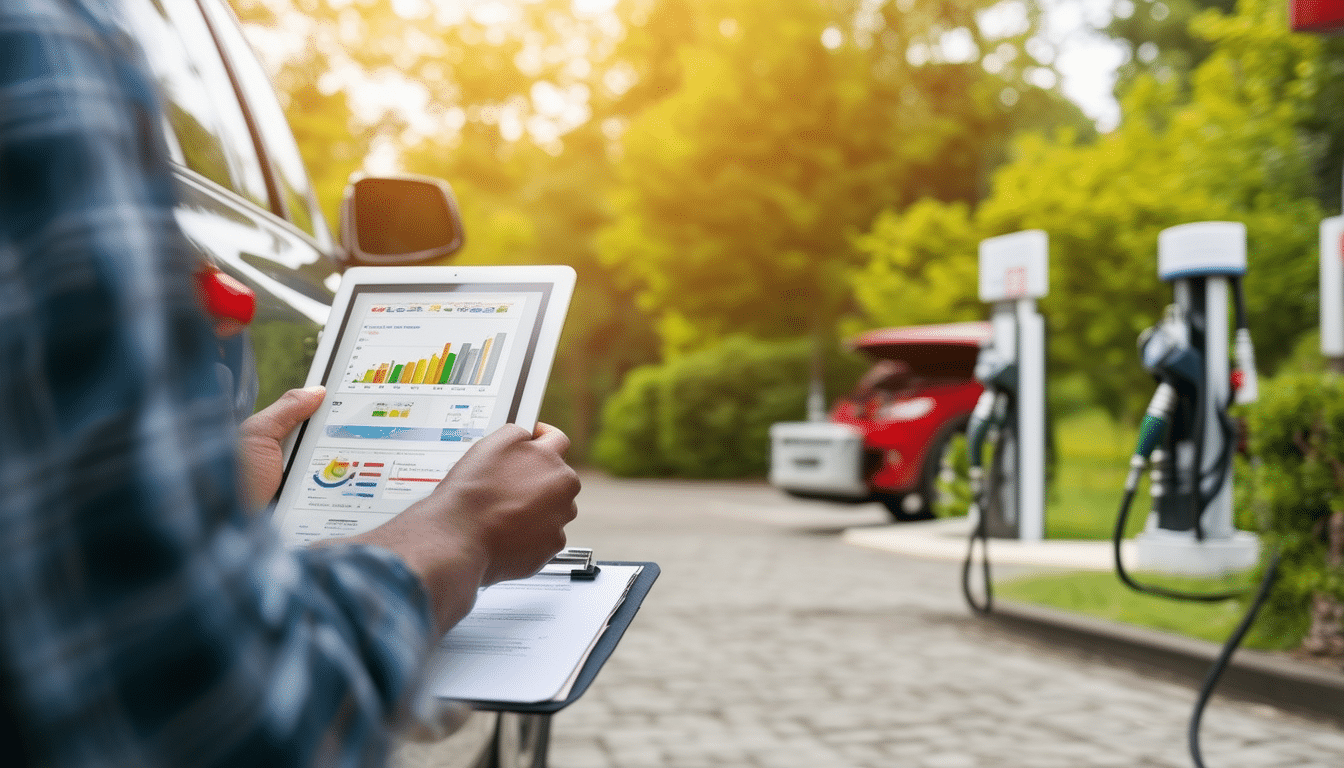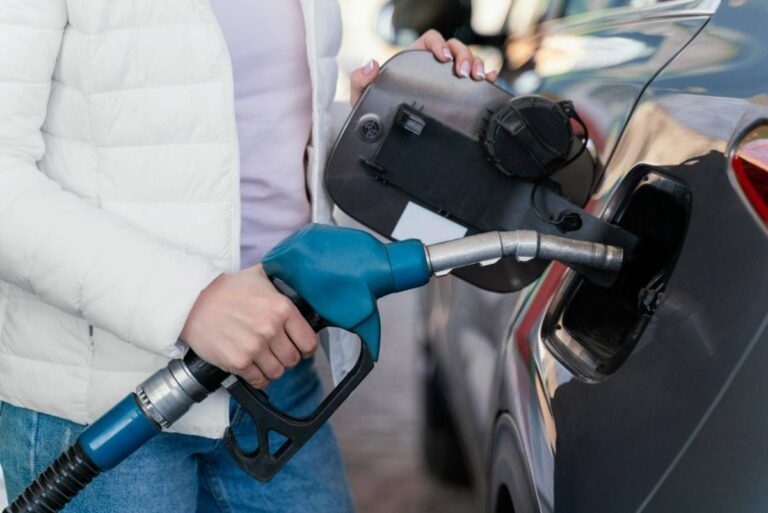How to evaluate the efficiency of your own vehicle

Evaluating the efficiency of your own vehicle is essential for optimizing fuel consumption and reducing the costs associated with driving. Through a detailed analysis, you can identify factors that affect the car’s performance and make informed decisions to improve its energy efficiency. Knowing every aspect of your vehicle’s operation, from maintenance to driving style, will allow you to maximize its effectiveness and contribute to the protection of the environment.
The efficiency of a vehicle is a key aspect that every driver should consider. Evaluating the efficiency of your own car not only helps you reduce fuel costs but also contributes to a more sustainable use of resources. In this article, we will discuss the most effective methods for measuring fuel performance, relevant indicators, and practical tips for optimizing your vehicle’s economy.
Calibrating the fuel consumption indicator
The first thing you should do to evaluate the efficiency of your vehicle is to calibrate the fuel consumption indicator. This involves comparing the actual consumption of your car, measured in liters per 100 kilometers, with the data provided by the manufacturer. To obtain accurate measurements, fill the fuel tank and note the kilometers traveled until the next fill-up. Then, divide the amount of liters refueled by the distance traveled and multiply by 100.
Practical example
Suppose you travel 400 kilometers and need 40 liters of gasoline. The calculation would be:
- 40 liters / 400 km = 0.1 liters/km
- 0.1 liters/km x 100 = 10 liters every 100 km
This process will allow you to obtain a clear picture of your vehicle’s efficiency.
Energy efficiency labels
In Europe, cars are classified with energy efficiency labels that indicate their consumption in relation to the average. For example, a car with a A label has consumption that is more than 25% below the average. These labels are useful for identifying vehicles that offer better fuel economy and help compare different models before making a purchase.
Performance indicators
There are several indicators that help measure the performance and efficiency of your vehicle. Some of them include the cost per kilometer, monthly mileage, and the overall condition of the vehicle. Additionally, it is crucial to monitor the car’s maintenance, as a well-maintained vehicle tends to have better fuel performance.
Maintenance checks
Conducting regular inspections of your car, such as cleaning the injection system, can significantly improve fuel economy. This action reduces unnecessary gasoline consumption and extends the lifespan of the engine. You can read more about this topic in this article.
Performance tests
An effective way to check your car’s efficiency is through simple tests under different driving conditions. These tests can include specific behaviors, such as maintaining a constant speed and avoiding sudden accelerations. Additionally, using a dynamometer to evaluate engine power can provide valuable information about its performance.
Technological aspects that impact efficiency
Technology in vehicles has advanced significantly, offering innovations that help improve energy efficiency. For example, cars with Start-Stop technology stop the engine when the vehicle is stationary to save fuel. Check if your car incorporates such technologies and how they can benefit you.
The future of energy efficiency
With so many innovations, such as electric and hybrid engines, the automotive industry is moving towards reducing fuel consumption and emissions. To stay updated on the latest trends, consult information such as that presented in this article.
Practical tips for improving efficiency
Finally, applying some practical tips can be vital to improving your vehicle’s efficiency. Reducing the weight transported, maintaining the proper tire pressure, and avoiding excessive use of air conditioning are simple actions that can have a significant impact on fuel consumption. You may also consider using applications that optimize routes, reducing fuel expenses during your trips. More information on how to optimize consumption can be found here: this resource.
Evaluating the Efficiency of Your Vehicle
To evaluate the efficiency of your vehicle, it is essential to start with the calibration of the fuel consumption indicator of the car. Compare the actual consumption with what the manufacturer indicates, using the common measure of liters per 100 kilometers. This initial step will give you a clear view of how efficient your car is in practice.
Another aspect to consider is the calculation of energy performance. The A label provides a valuable reference; it is awarded to vehicles whose consumption is more than 25% lower than the average. This not only helps to understand the level of efficiency of your vehicle but can also influence future purchase or maintenance decisions.
Additionally, it is essential to monitor various indicators that affect performance. This includes mileage and the cost per kilometer of fuel. Keeping a detailed record of these numbers makes it easier to identify patterns and optimize maintenance.
The fuel performance can also be measured by comparing the number of kilometers traveled and the fuel consumed. Fill the tank and take note of the distance traveled before refueling again. This simple but effective methodology will allow you to determine how far you can go with each liter of fuel.
Proper evaluation of energy efficiency not only improves your fuel economy and reduces long-term costs but also contributes to environmental sustainability. By regularly tracking and adjusting these factors, you will be on your way to optimizing your vehicle’s performance.


